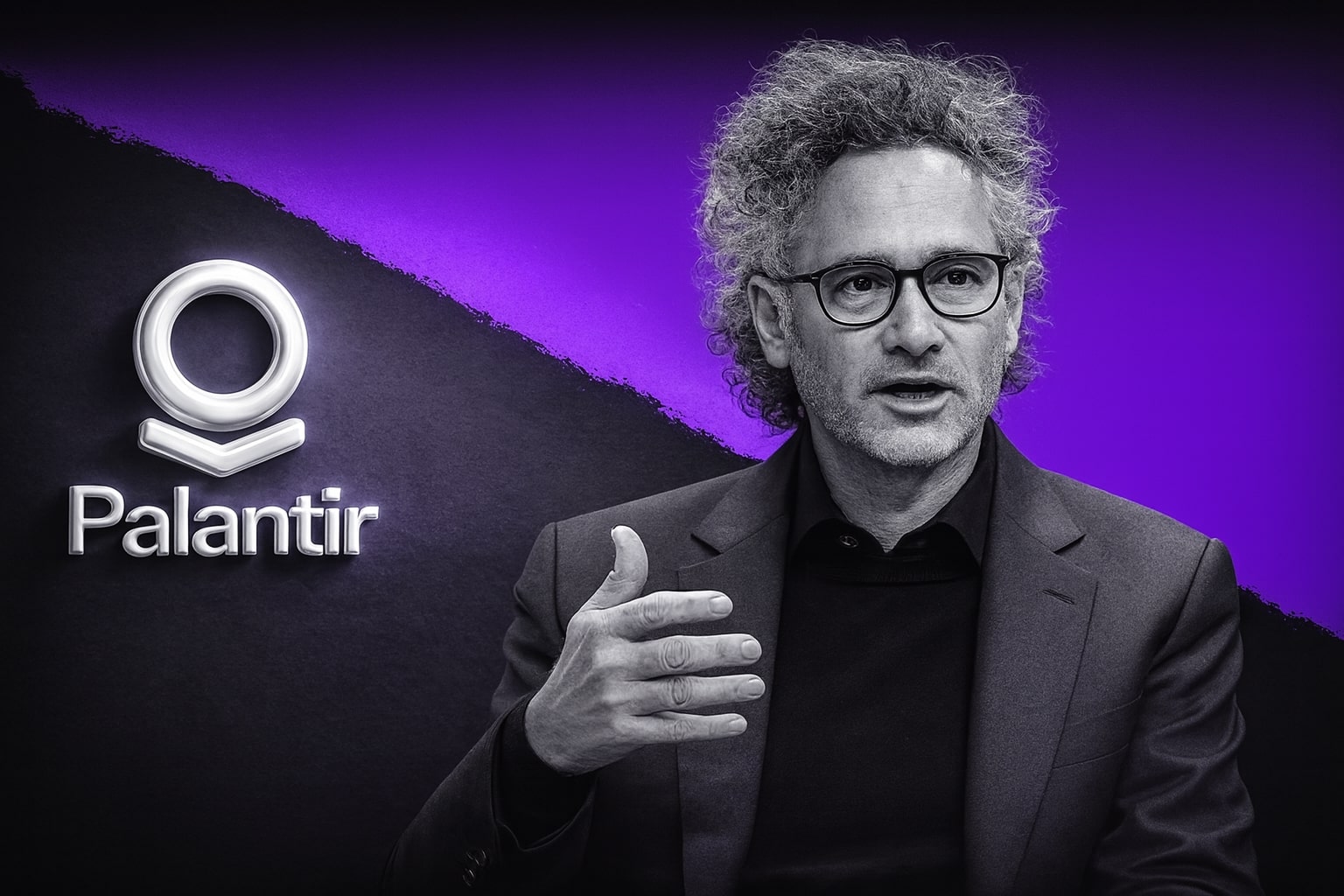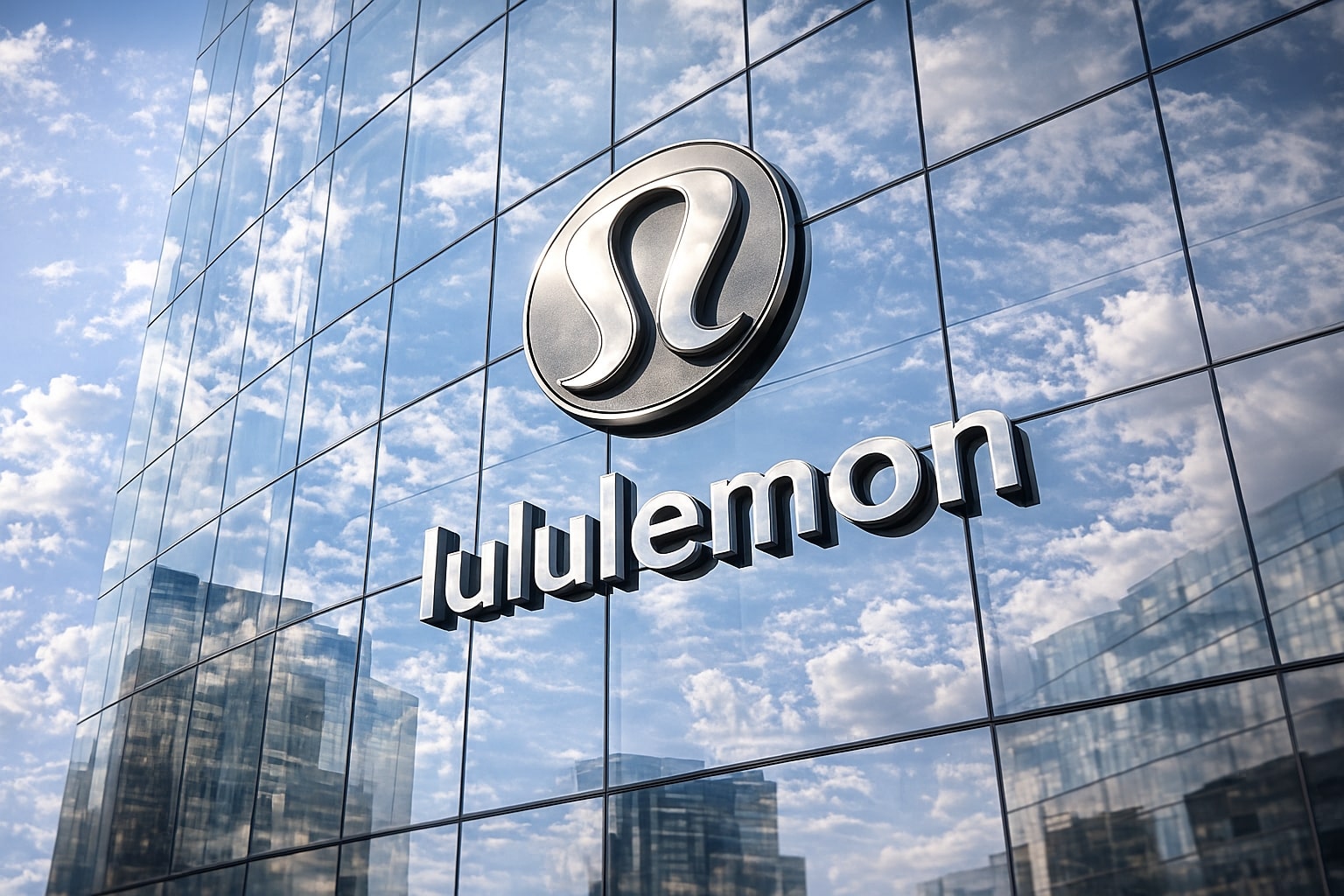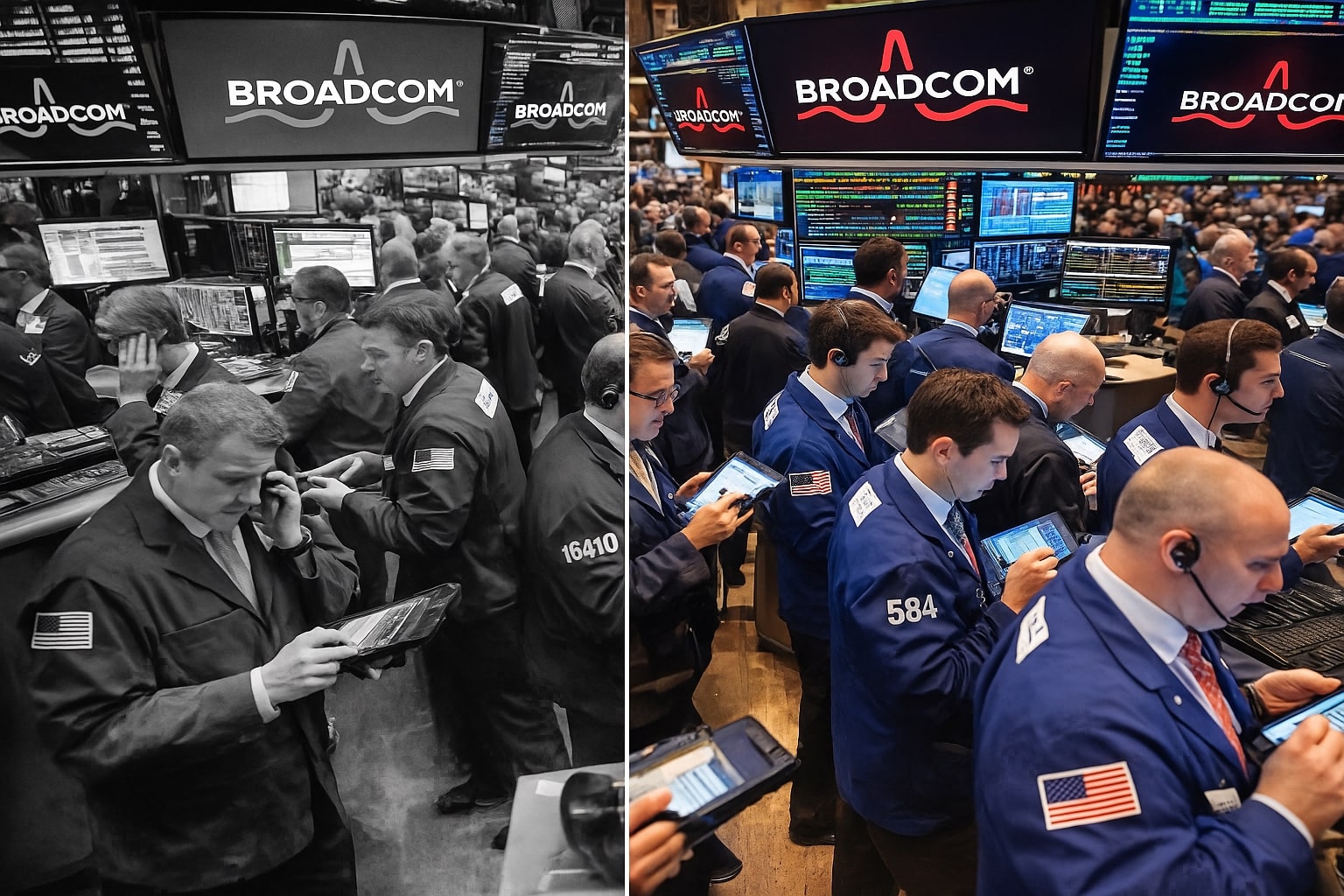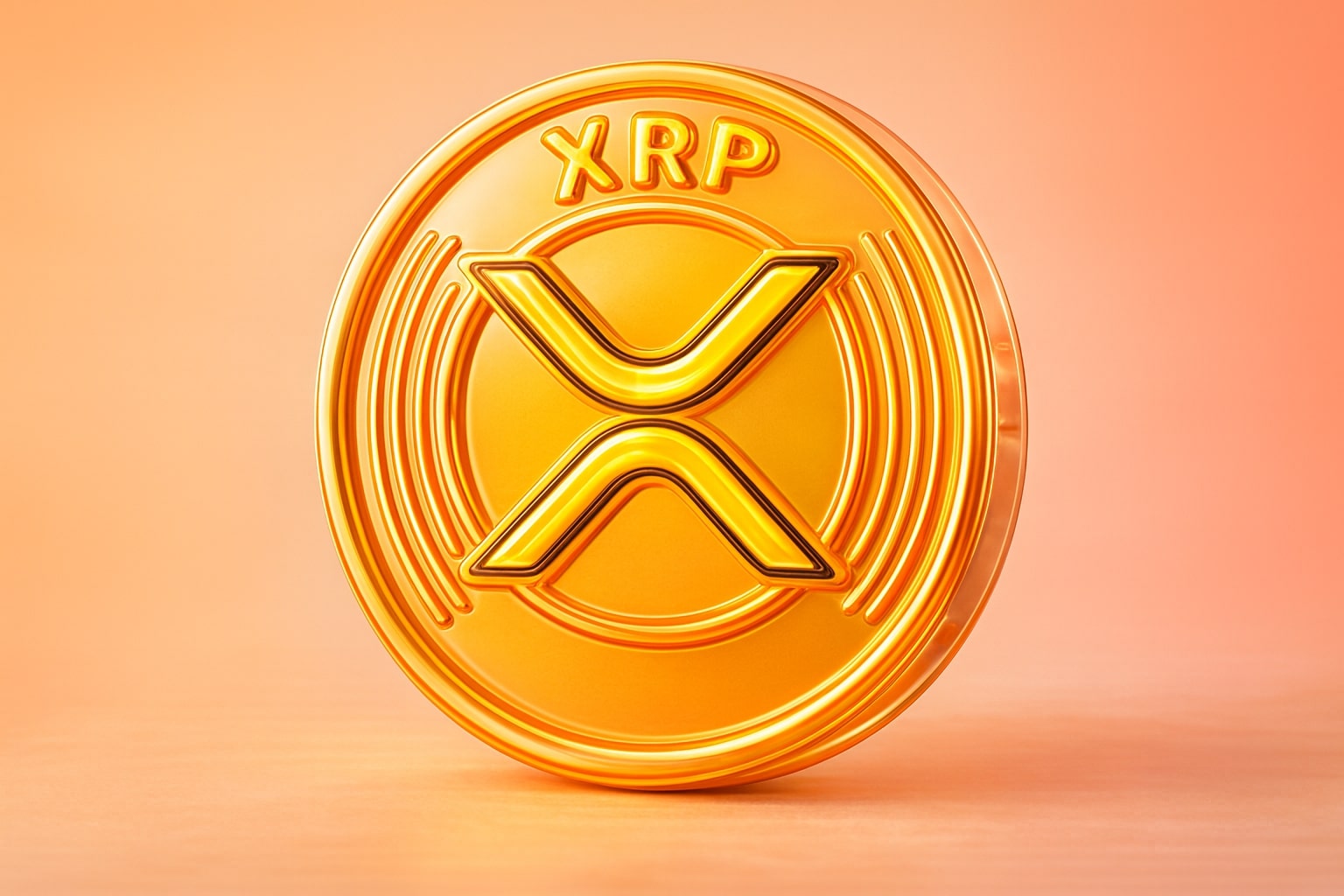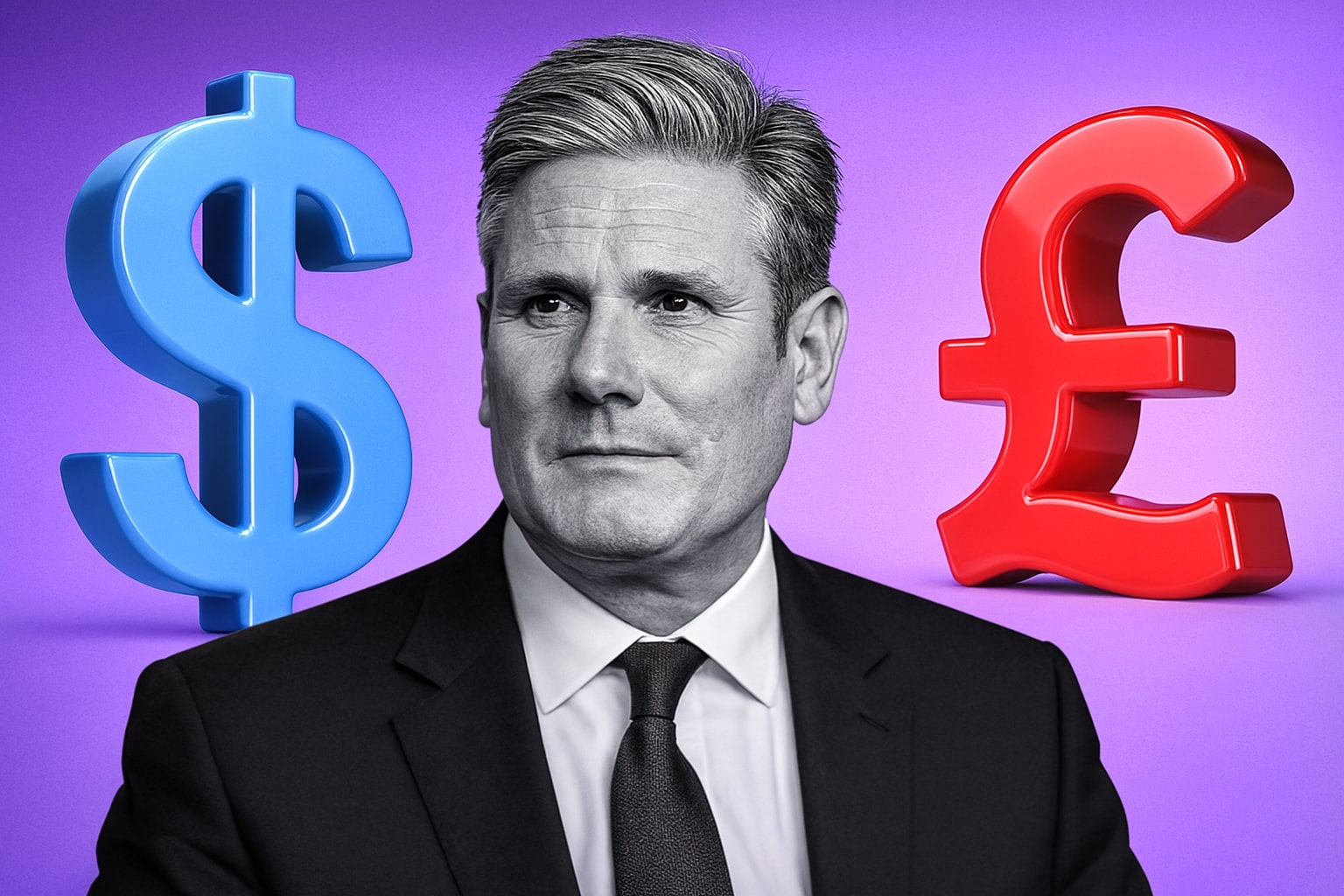
Vanguard S&P 500 ETF (VOO) Stays Above $600 as Buybacks, Growth, and Rate Cuts Power U.S. Rally
With $1.8T in corporate buybacks, 3.8% GDP growth, and tech earnings dominance, Vanguard S&P 500 ETF (NYSEARCA:VOO) holds steady near $605 | That's TradingNEWS
Vanguard S&P 500 ETF (NYSEARCA:VOO) Holds Firm Above $600 as Buyback Boom, Tariff Risks, and Rate Cuts Shape 2025 Outlook
Real-Time Chart
RESILIENT ECONOMY SUPPORTS STRONG FUNDAMENTALS FOR NYSEARCA:VOO
The Vanguard S&P 500 ETF (NYSEARCA:VOO) remains a benchmark for U.S. equity performance, trading near $605.58 after briefly touching a high of $619.60 earlier this quarter. Despite renewed volatility triggered by President Trump’s latest 100% tariffs on Chinese imports, the underlying U.S. economy continues to demonstrate notable strength. The Atlanta Fed’s GDPNow model pegs Q4 GDP growth at 3.8% SAAR, underscoring that the slowdown fears remain largely overstated.
Industrial production rose 0.9% year-over-year in August, capacity utilization remains near 77.4%, and consumer spending in restaurants climbed 6.5% YoY, signaling robust domestic demand. Inflation, measured by the headline CPI, has cooled to 2.9%, while PCE stands at 2.7%, both within manageable levels for the Federal Reserve. The S&P 500, tracked by VOO, reflects this resilience, gaining 14.55% year-to-date and 16.17% over the past year, outperforming its category average by more than 2 percentage points.
BUYBACKS DRIVE MARKET SUPPORT AND VALUATION INFLATION
A defining feature of the 2025 equity landscape is the scale of corporate buybacks. According to JPMorgan, U.S. stock repurchases are projected to surpass $1.8 trillion this year, equivalent to roughly 3% of total U.S. market capitalization. This steady flow of repurchases has become a structural force behind the market’s elevated valuations and reduced volatility. Analysts estimate buybacks lift stock prices 3–5% annually, reinforcing the long-term upward bias in broad-market ETFs like VOO, whose price-to-earnings ratio now stands at 27.84, well above its historical median.
While these capital returns enhance short-term shareholder value, they also compress forward returns. Executives increasingly prefer repurchases over reinvestment, particularly in an environment where borrowing remains historically cheap and investor demand for earnings per share growth is relentless. The buyback wave amplifies cyclicality, lifting equities in expansions but exposing them to sharper drawdowns during liquidity shocks — a dynamic especially relevant as AI and data-center-driven capital spending competes with shareholder return priorities.
RATE POLICY AND LIQUIDITY REMAIN FAVORABLE TAILWINDS
The Federal Reserve’s recent three 25-basis-point cuts between November 2024 and September 2025 continue to anchor liquidity conditions. The Chicago Fed National Financial Conditions Index remains negative, confirming accommodative credit across the system. Investors expect at least one additional cut before year-end, particularly with inflation moderating and political pressure mounting ahead of the 2026 cycle.
For VOO holders, these conditions translate into stability and continued inflow momentum. The ETF’s net asset value stands at $611.28, reflecting its alignment with the S&P 500 Index, which remains within 2% of its all-time high of 6,764.58. The fund’s expense ratio of just 0.03% continues to give it a cost advantage over peers like SPY (0.09%) and IVV (0.04%), sustaining its leadership among passive investors managing large-scale portfolios.
EARNINGS GROWTH AND AI-DRIVEN CAPEX SUSTAIN UPSIDE
The upcoming earnings season is set to mark the ninth consecutive quarter of profit growth for the S&P 500. Analysts forecast Q4 EPS expansion near 8%, fueled by resilient consumer sectors, stable margins in industrials, and continued strength in technology. The information technology sector, which represents 35.7% of VOO’s holdings, remains the main engine of index performance, with heavyweights like Apple, Microsoft, and NVIDIA maintaining double-digit earnings growth and contributing more than half of year-to-date index gains.
However, tech concentration also amplifies valuation risk. A recent Harvard study found that U.S. GDP growth in H1 2025 would have been just 0.1% without data center investment, underscoring how AI infrastructure now drives both economic and index-level growth. Despite this dependency, it’s also what supports the bullish long-term thesis for VOO: AI spending continues to expand earnings potential, providing an offset to cyclic risk in traditional sectors.
TRADE TENSIONS AND POLICY UNCERTAINTY CREATE SHORT-TERM VOLATILITY
The resurgence of U.S.–China tariff tensions triggered a 1% correction across the major indices last week, but historical behavior suggests this volatility is temporary. Market data show that every major “tariff scare” in the last five years produced short-lived dips followed by strong recoveries — the so-called ‘Monday makeup effect’. As of mid-October, the S&P 500 trades around 6,604, roughly 30% above its “Liberation Day” tariff low six months ago, validating that such policy shocks rarely derail the broader economic momentum that underpins VOO’s long-term growth.
China’s threats to restrict rare-earth exports remain a wildcard, but analysts note that dependency runs both ways: the U.S. and Europe remain key markets for China’s manufacturing inputs and aerospace components. As a result, despite headlines, the probability of an all-out trade breakdown remains contained.
INTERNATIONAL DIVERSIFICATION AND EMERGING MARKET ROTATION
While VOO captures U.S. large-cap performance, 2025’s surprise story lies in emerging markets. FTSE and LSEG data show developing economies outperforming the S&P 500 for the first time in fifteen years. The iShares MSCI Emerging Markets ETF (EEM) and Vanguard FTSE Emerging Markets ETF (VWO) have both gained over 18% year-to-date, exceeding VOO’s 14.55% return. This divergence suggests that some institutional investors are rotating toward higher-growth geographies while maintaining U.S. exposure as a core holding.
Still, U.S. equities remain the global benchmark for liquidity and resilience. VOO’s daily volume of 6.5 million shares and market beta of 1.00 make it the most efficient proxy for investors seeking broad U.S. exposure without concentration risk.
VALUATION, SECTOR STRUCTURE, AND YIELD METRICS
VOO’s dividend yield of 1.15% remains modest but consistent, supported by stable payouts from its largest constituents. Financials (13.0%), communication services (10.5%), and health care (8.9%) round out the ETF’s top sectors, creating balance against the tech-heavy weighting. The fund’s 10-year annualized return of 15.26% outpaces its category by nearly 160 basis points, reflecting its tracking precision and minimal expense drag.
From a valuation perspective, the S&P 500’s forward P/E near 20x remains elevated but justifiable given real earnings growth, still-strong liquidity, and mild inflation. As long as buybacks and monetary support continue, valuation compression appears unlikely in the near term.
INVESTOR SENTIMENT AND MACRO LANDSCAPE
Despite broad optimism, investor surveys reveal growing skepticism toward U.S. equity valuations. 91% of global fund managers in the latest Bank of America survey label U.S. equities as “overvalued,” citing an “AI premium” and stretched multiples. Meanwhile, the AAII investor sentiment index shows bullish sentiment falling to 28%, near a six-month low.
Nevertheless, liquidity-driven rallies often defy sentiment data. The current financial backdrop mirrors mid-cycle phases where pessimism fails to align with underlying earnings momentum. With financial conditions loosening and Fed policy dovish, institutional buyers remain active on every dip, keeping VOO’s price supported near the $600 mark.
Read More
-
Palantir Stock Price Forecast - Can a $440B AI Defense Powerhouse Grow Into Its $184.74 Price?
16.12.2025 · TradingNEWS ArchiveStocks
-
XRP Price Forecast - XRP-USD Drops to $1.87 as Whale Dumps $721M While XRP ETFs Quietly Cross $1B
16.12.2025 · TradingNEWS ArchiveCrypto
-
Oil Price Forecast - Oil Slide Hard; WTI CL=F Near $55, Brent BZ=F Below $60 as Market Bets on 2026 Supply Glut
16.12.2025 · TradingNEWS ArchiveCommodities
-
Stock Market Today: Dow (^DJI) 48,404 And S&P 500 (^GSPC) 6,812 Slip As Jobs Hit +64K And AVGO Sells Off
16.12.2025 · TradingNEWS ArchiveMarkets
-
GBP/USD Price Forecast - Pairs at 1.34 as Weak U.S. Jobs Data Clash with BoE Cut Bets into Year-End
16.12.2025 · TradingNEWS ArchiveForex
OUTLOOK AND STRATEGIC POSITIONING
For long-term investors, Vanguard S&P 500 ETF (NYSEARCA:VOO) remains a core U.S. equity allocation with unmatched liquidity and cost efficiency. The ETF’s consistent tracking accuracy, sector balance, and low expense structure provide institutional-grade exposure to the world’s largest economy at minimal cost. Near-term volatility from trade headlines and buyback distortions presents entry opportunities rather than structural risk.
Given current valuations, GDP growth near 3.8%, and Fed policy support, VOO appears positioned for a 7,000 S&P 500 target by end-2025, implying a potential 10–12% upside from current levels.
Verdict: BUY
With inflation contained, liquidity abundant, and earnings momentum intact, VOO remains a buy-on-dips ETF for investors seeking long-term U.S. market exposure amid global uncertainty.














